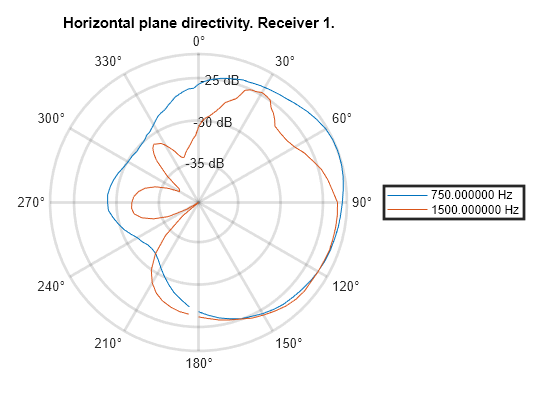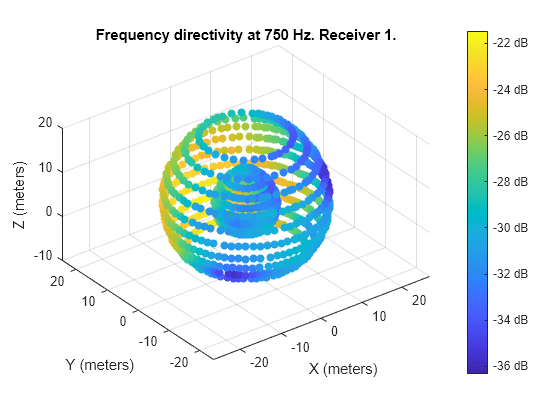directivity
Description
d = directivity(s,f,Name=Value)
directivity(___) with no output arguments creates a
directivity plot.
Examples
Input Arguments
Name-Value Arguments
Output Arguments
Algorithms
The directivity function measures the directivity of a frequency in a
specified plane according the algorithm described in [1].
References
[1] Lee, Gyeong-Tae, Sang-Min Choi, Byeong-Yun Ko, and Yong-Hwa Park. "HRTF measurement for accurate sound localization cues." arXiv preprint arXiv:2203.03166 (2022).
Version History
Introduced in R2024a

